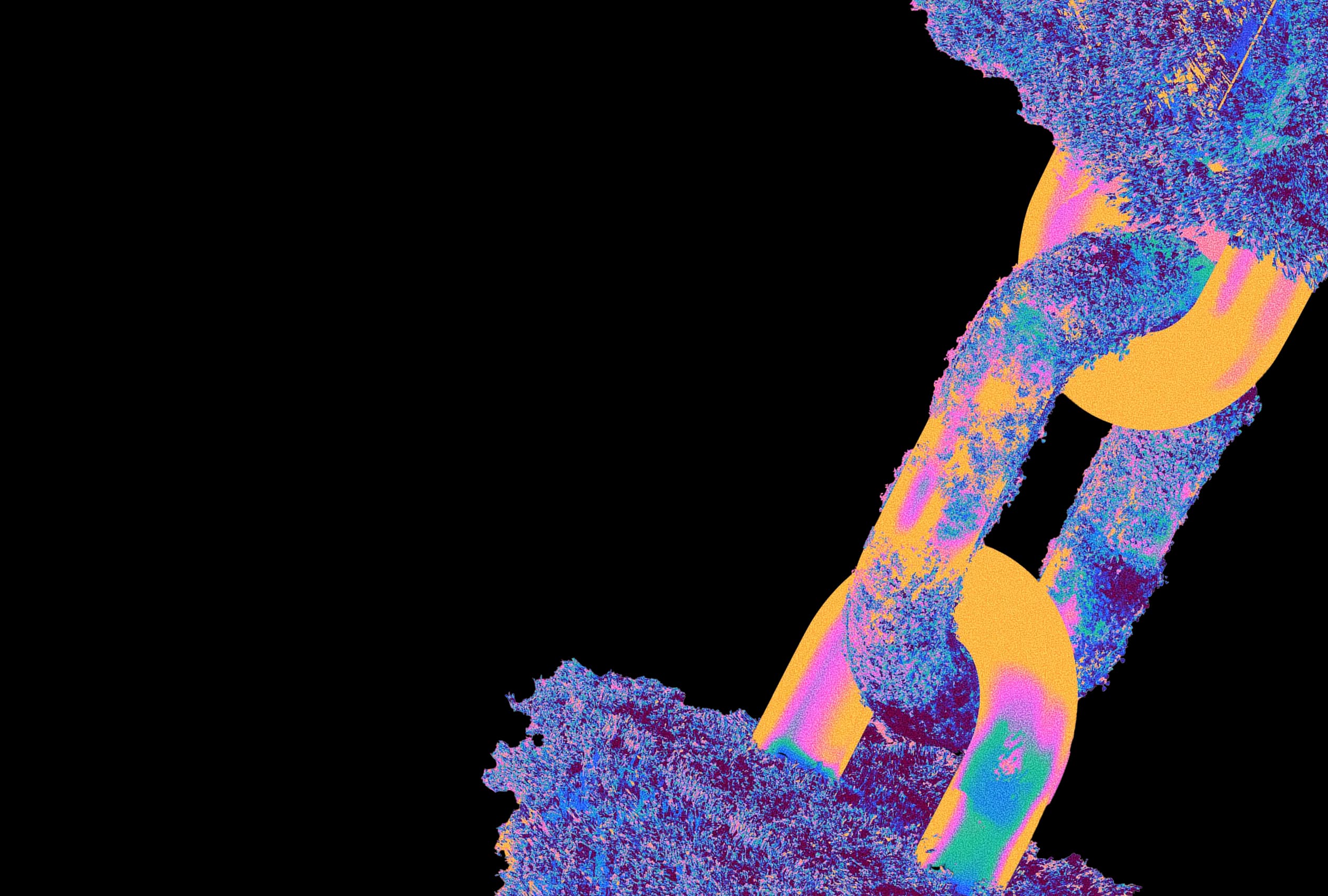The OS for Programmable Science
Understanding the core principles and philosophy that drive Tracer's mission to accelerate scientific discovery through better observability.
const metadata = ;
As high-performance computing (HPC) surges across life science and aerospace, we believe scientists and engineers should experience the same leap cloud computing brought to software, and ask “what can I do with all this immense power?”
We saw this power was limited, so we are building the solution. Here’s why.
The Missing Stack
Scientists' toolkit should augment their work, not hinder it.
Today's scientists are pulled into engineers' grunt work; estimating why runs failed, provisioning cloud storage, and debugging incomplete logs. A decade of neglected infrastructure has let in an intruder: unfiltered compute noise. Scientists are left holding the line.
Scattered focus derails progress. In science, as in sport, attention sets the direction. Momentum follows. Researchers concentrating on pipeline fixes holds back programmable science's cancer vaccines; next-gen nuclear fusion; fully autonomous vehicles.
Science has scaled — it runs across multiple layers. Overseeing it demands a new approach. Heisenberg said _“To observe is to change”_ — true for particles, and for infrastructure. The way we see into our systems shapes how they run.
That’s why we’re building the first verticalized observability platform for scientific HPC: turning noise into the signal that science depends on.
The Observability Edge
Better observability makes infrastructure invisible and precise. Teams see exactly what’s happening, the moment it happens. Computation works for science - not against it. Right now, opaque infrastructure burns time and budget with guesswork: runs fail minutes in with no warning; logs arrive incomplete, forcing manual post-mortems; resource needs are guessed at, bleeding money and delaying results.
Tracer ends that. By embedding an error database directly into the Linux runtime, we deliver deterministic, in-place error resolution no one has achieved before. Active runs are visible in real time, with complete logs and live metrics. HPC stops being fragile. Research moves at the speed of thought.
A New Bench for Computational Science
Focus is a precious resource. We learned how rare it is. Our founders experienced firsthand the high-level waste of weak infrastructure and daily setbacks of chasing errors. The cost of fragmented focus is quality — and this is not a trade-off science can afford. Vaccines don’t ship now, fix later — they protect billions.
We asked ourselves how to maintain quality:
- What if monitoring, instance rightsizing, and scaling weren’t chores — but defaults?
- What if your pipelines ran like power grids — quiet, steady, self-aware?
We were building the best observability tool on the market. But our team realized science doesn’t just need better monitoring — it needs a new definition of observability. In other industries, it means seeing the problem. In science, it should mean removing it.
We started to ask a better question:
"What if infrastructure didn't compete for attention — but gave it back?"
Beyond One Domain
Tracer’s stack delivers intelligent logs, automatic rightsizing, real-time cost optimization, and smart tooling recommendations. We’re starting in bioinformatics, one of the fastest-growing HPC domains — but we are not domain-bound.
In solving bioinformatics’ hardest infrastructure challenges first, we’ve built robust OS-level capabilities with broad applicability, giving us strong technical leverage as we expand. The same OS observability that stabilizes genomic pipelines will stabilize aerospace simulations, climate models,and materials prototypes.
We are delivering the scaffolding for all industry HPC — any team, any mission. The perfect infrastructure won’t solve science — but it will free up the people who can.
Quiet. Smart.
Focused.

